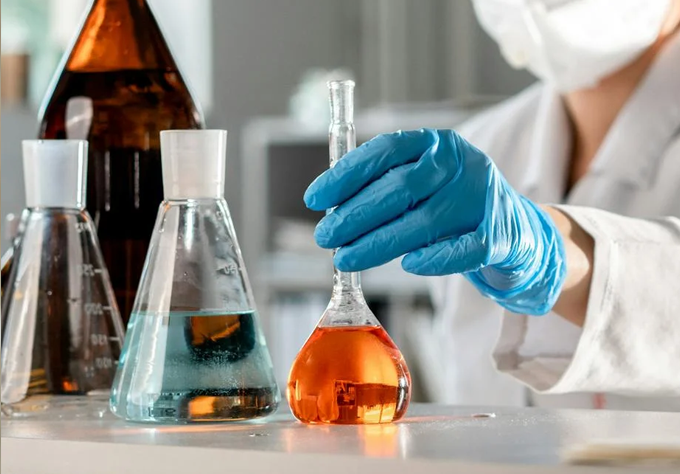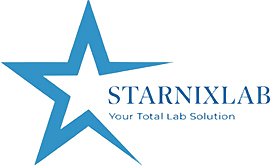Gas chromatography-mass spectrometry (GC-MS)
Gas chromatography (GC) is a preferred method for separating small, volatile, and semi-volatile organic compounds like hydrocarbons, alcohols, aromatics, pesticides, steroids, fatty acids, and hormones. It is widely used in fields such as food safety and environmental testing. When paired with mass spectrography (MS), the combined technique (GC-MS) can separate complex mixtures, identify unknown substances, measure analyte levels, and detect trace contaminants.
How It Works
- A sample is injected into a gas chromatograph (GC).
- The GC separates the sample’s components into a series of peaks.
- The mass spectrometer (MS) ionizes and fragments the components.
- The MS separates the components based on their mass-to-charge ratios.

